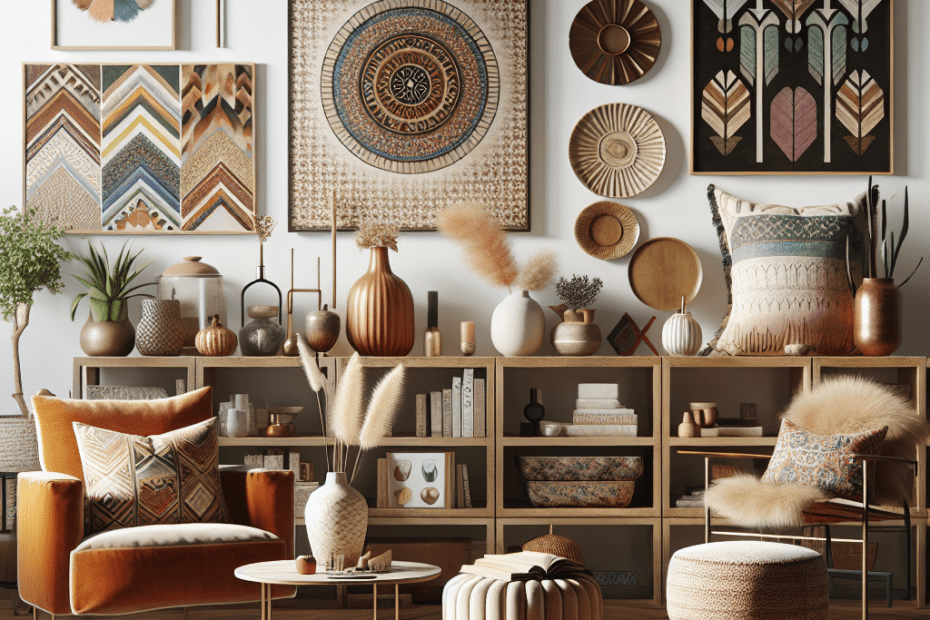Introduction
When it comes to home styling, many people find themselves navigating the fine line between bold and subtle patterns. The way they balance these patterns can make their home either a captivating masterpiece or overwhelm the senses. By understanding some key principles in design, they can create spaces that are both dynamic and harmonious. According to a survey by the American Society of Interior Designers, 67% of homeowners prefer to incorporate patterns, but often struggle with design balance, leading to this important topic of balancing patterns in design.
Understanding Pattern Types
Before they start decorating, it’s essential to understand the different types of patterns. Patterns are primarily divided into two categories:
- Bold Patterns: These typically feature large-scale designs with high contrast and vibrant colors. Examples include chevron, paisley, and large geometric shapes.
- Subtle Patterns: These tend to have smaller, intricate designs with soft colors and minimal contrast. Think of pinstripes, fine florals, and small polka dots.
Recognizing the impact of each pattern type can guide them in making sure that neither overwhelms the other.
Principles of Balancing Patterns
Achieving balance with patterns involves mixing and matching in a way that compliments rather than clashes. Here are some guidelines:
Use of Color
Color plays a crucial role in balancing patterns. A safe approach is to select a color palette of up to three primary colors and use this throughout the space. For instance, if they choose blue, white, and gray, they can pick patterned items where these colors are predominant. It’s advisable to harmonize bold patterns with subtle tones sharing color themes to create a cohesive look.
Scale and Proportion
Scale is another vital factor in pattern design. To balance the scale:
– Pair large-scale patterns with small-scale patterns. For example, a large floral sofa can be complemented with small checkered cushions.
– Maintain consistency in the proportion of bold and subtle patterns. A technique is to follow the 60-30-10 rule, where 60% of the room can be neutral patterns, 30% bold patterns, and 10% as an accent.
Layering and Textures
Layering involves using different textures alongside patterns to create depth. A mix of textures such as a silky pouf, a woolen rug, and a patterned fabric enhances the design. Textures absorb some attention from wild patterns, thus maintaining a balance.
The Role of Space
The space or room size can impact how they implement patterns. In small spaces, subtle patterns can prevent the area from feeling cramped. Conversely, bold patterns might be perfect for accent walls in larger rooms.
A study in the Journal of Environmental Psychology revealed that 54% of people feel more relaxed in rooms where patterns are proportionately balanced according to the space. This underscores the importance of considering physical space when integrating patterns.
| Pattern Type | Description | Ideal Usage |
|---|---|---|
| Bold Patterns | Large-scale, high contrast | Accent walls, statement furniture |
| Subtle Patterns | Small-scale, low contrast | Wallpapers, fabrics, accessories |
Practical Application Strategies
To effectively apply these principles in real life, here are some strategies used by designers:
Focus on One Feature
Select a focal point within a room to feature bold patterns. This could be a central rug, wall art, or a sofa. Then they can layer in subtle patterns elsewhere to avoid sensory overload.
Create a Visual Flow
Ensure there’s a visual flow within different spaces. Patterns in the living room don’t have to match those in the kitchen, but similarity in tones or an element can create harmony across rooms.
Experiment with Accessories
Patterns in home accessories such as cushions, lampshades, or curtains allow for flexibility. If they wish to change the look, they can swap these out without much hassle.
Key Takeaways
– Understand the difference between bold and subtle patterns.
– Use colors and scale intelligently to achieve balance.
– Space considerations impact pattern application significantly.
– Practice layering with textures for depth and balance.
– Focal elements and accessories allow safe experimentation.
FAQ Section
- What is the 60-30-10 rule in interior design?
This is a color distribution rule where 60% of a space is dedicated to the main color, 30% to a secondary color, and 10% to an accent color. - How can I use bold patterns in a small room?
Utilize bold patterns on statement pieces like throw pillows or a single wall to prevent overwhelming the room. - Can textures also be considered patterns?
Yes, textures can add visual interest similar to patterns and are often used alongside patterns to add depth. - What colors work best with bold patterns?
Neutrals like white, gray, and beige can help balance bold patterns and prevent them from becoming overpowering. - Is it okay to mix different patterns together?
Yes, mixing patterns is encouraged, provided they share common colors or themes to maintain harmony.
